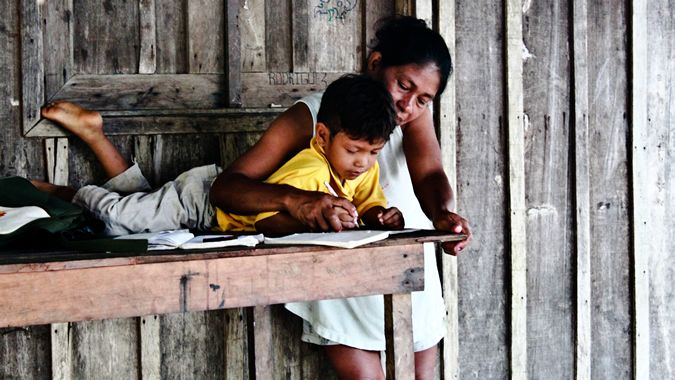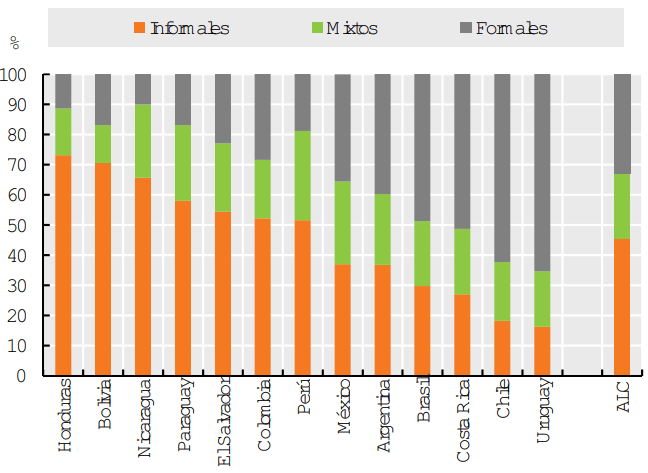Inequality grows in Latin America

It is estimated that inequality in Latin America and the Caribbean, measured by the Gini coefficient, has increased 2.9% above the levels before the Covid-19 pandemic.
Thus the situation worsened. Even before the pandemic, Latin America and the Caribbean was the most unequal region in the world.
The main reason for the rebound? The people most affected by job loss belonged to the first quintile.
After disseminating this result, the Economic Commission for Latin America (ECLAC)) stated that traditionally the labor markets of Latin America and the Caribbean have been informal, fragile and exclusive.
Distribución de la población total por grado de informalidad de los hogares

Similarly, the impact of the Covid 19 crisis has been asymmetrical, since it has particularly affected the most vulnerable groups and has reversed some of the socioeconomic progress experienced in the region in recent decades.
As a consequence of the crisis, it is estimated that in 2020 the extreme poverty rate rose more than one percentage point, reaching 12.5% of the population, and that the poverty rate rose three percentage points, reaching 33.7 percent.
These levels of poverty had not been observed in the last 20 and 12 years, respectively.
Inequality in Latin America
More than half of the region’s workers occupy informal jobs.
Informal households – that is, those whose income depends entirely on the informal economy – are the most affected by the Covid 19 crisis, as they have lost their jobs and the income they obtained from them.
On average, 45% of the LAC population lives in households that depend exclusively on informal employment, 22% live in mixed households, and 33% live in households that only depend on the formal economy.
However, according to the Key Indicators of Informality Based on Individuals and their Households database of the Development Center of the Organization for Economic Cooperation and Development (OECD) , there are great disparities in the levels of informality registered in the different LAC countries, from a level of less than 20% in Chile and Uruguay to more than 60% in Bolivia, Honduras and Nicaragua.
![]()

